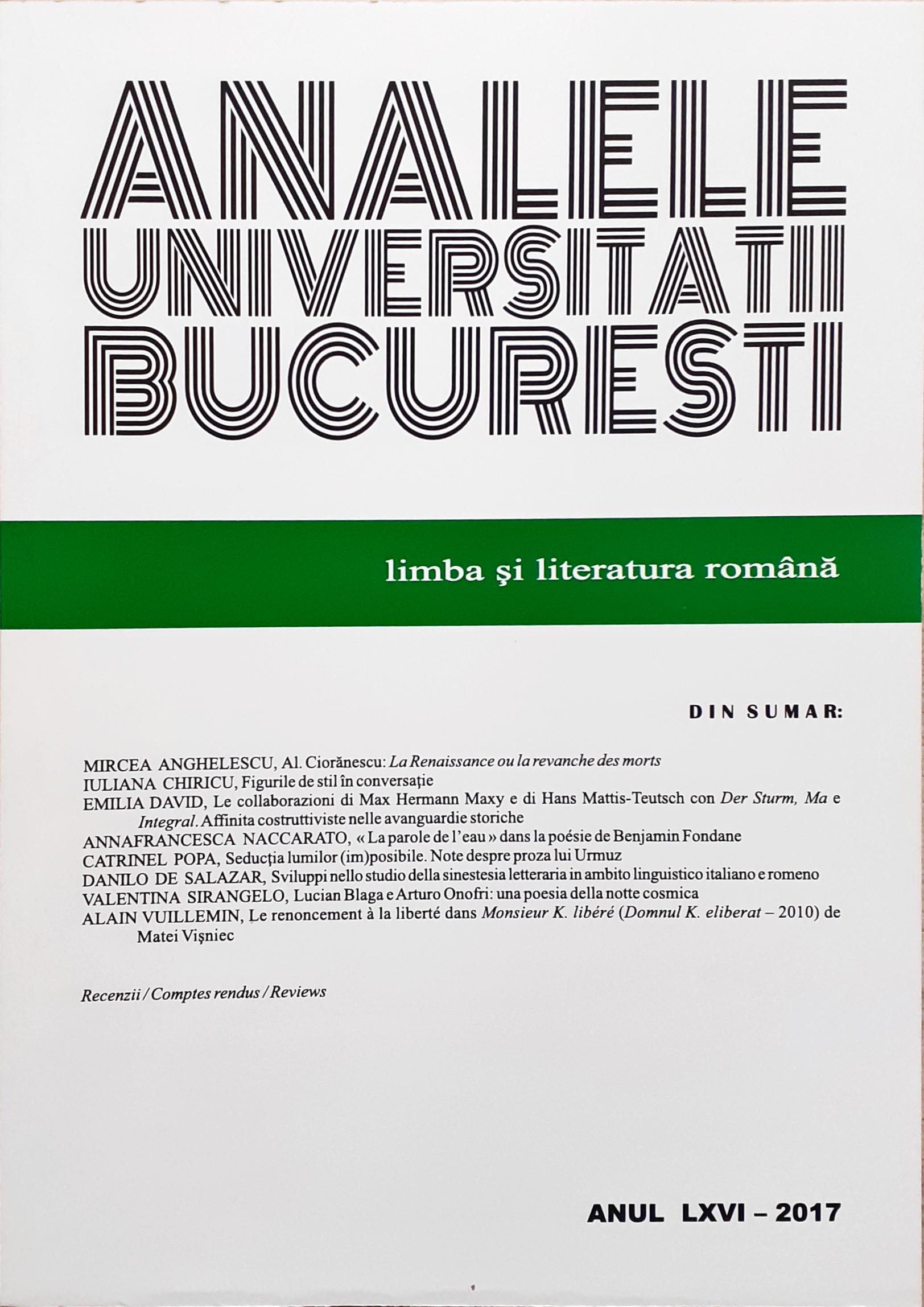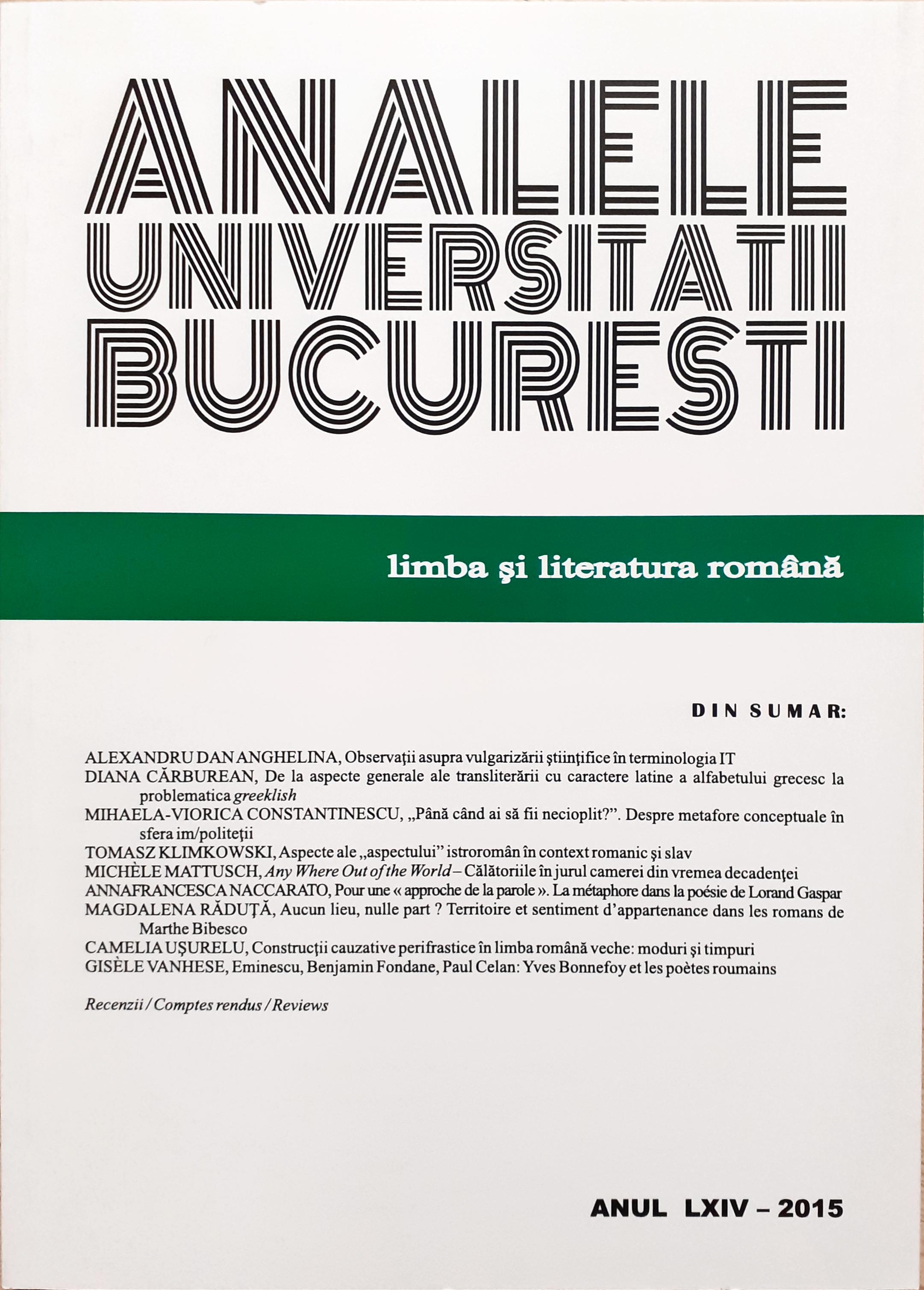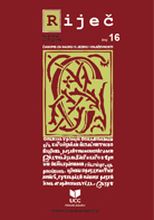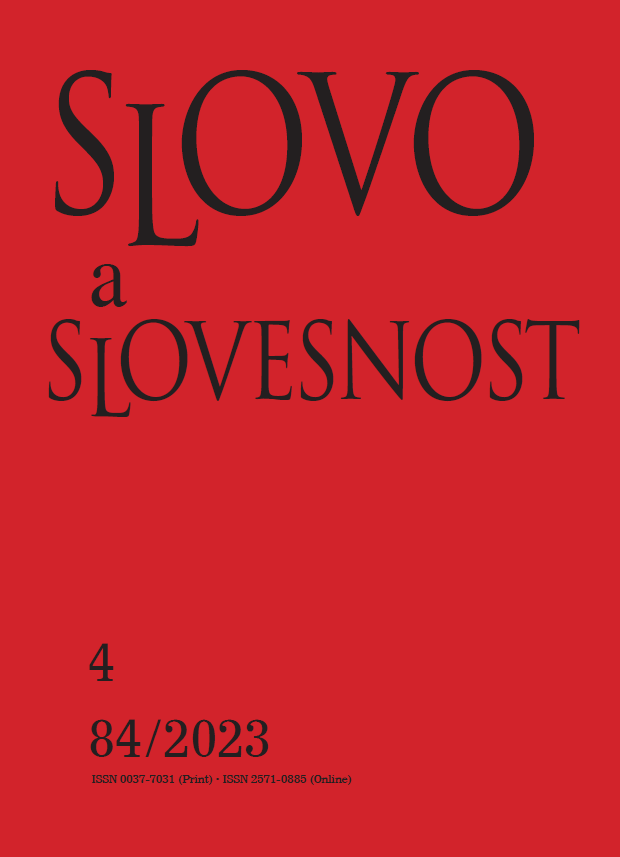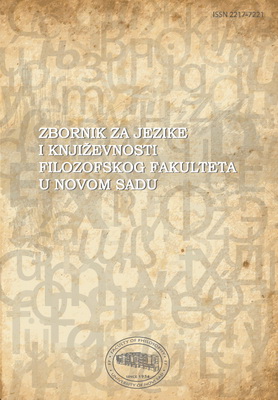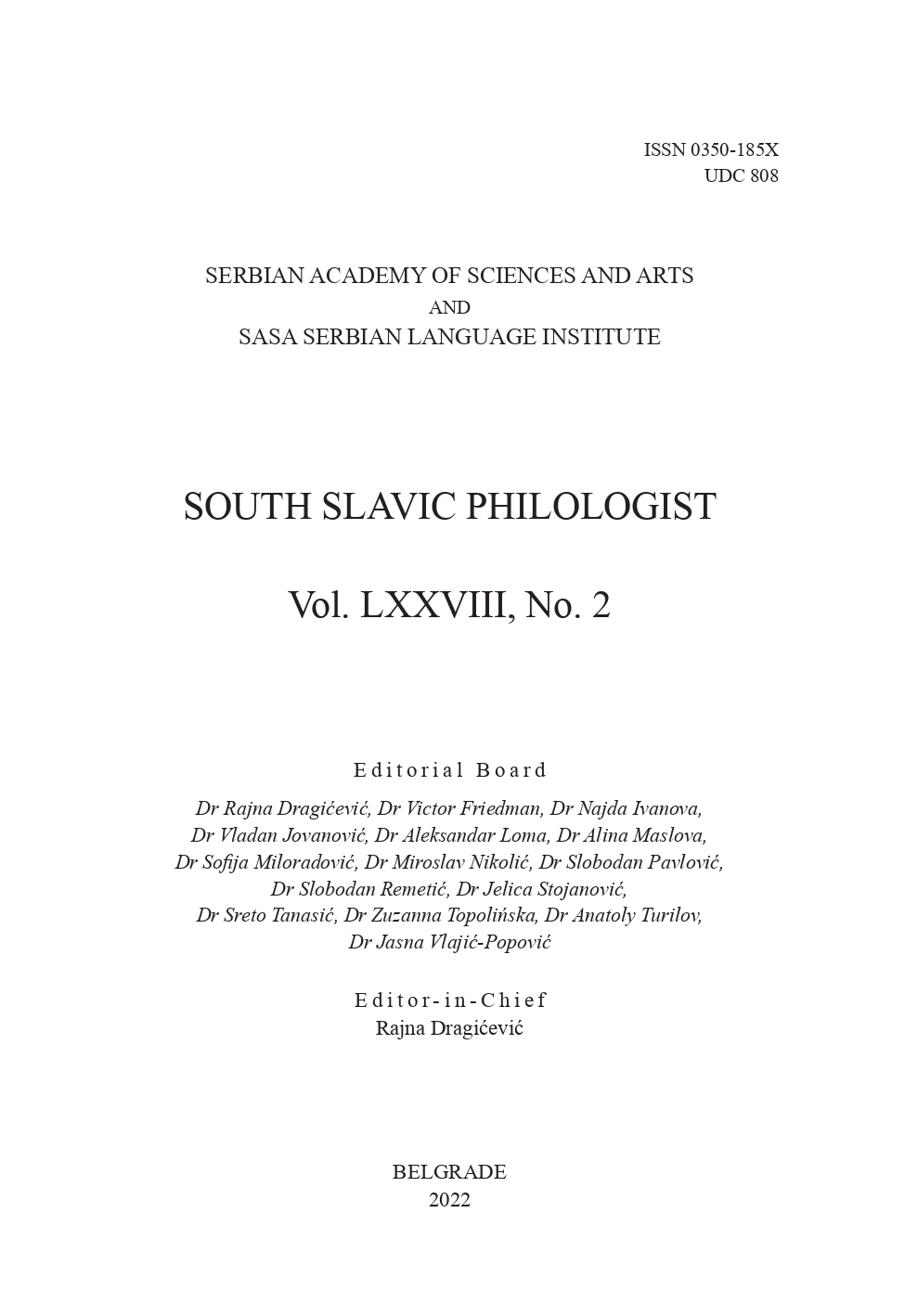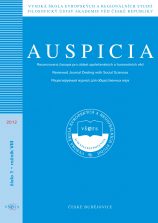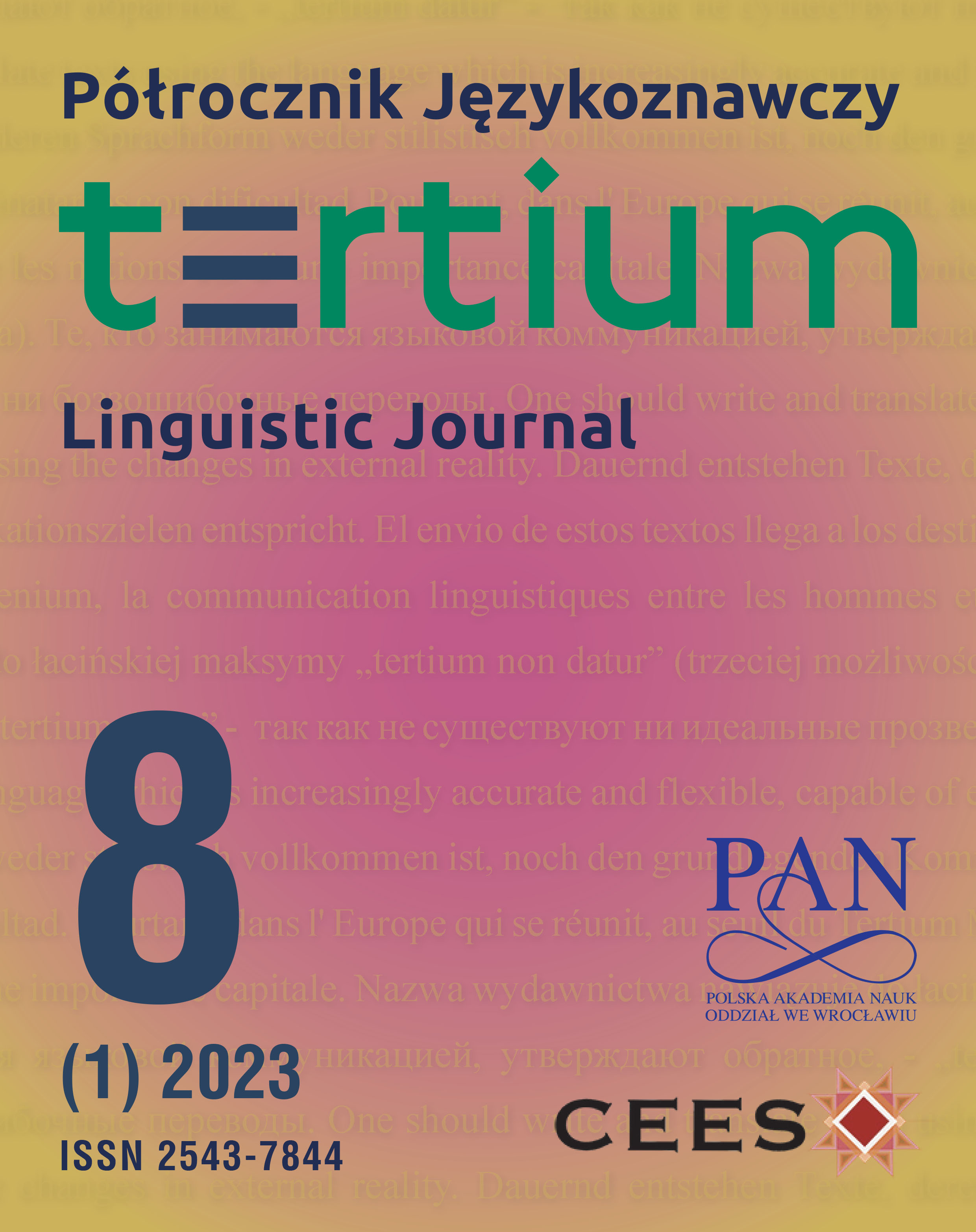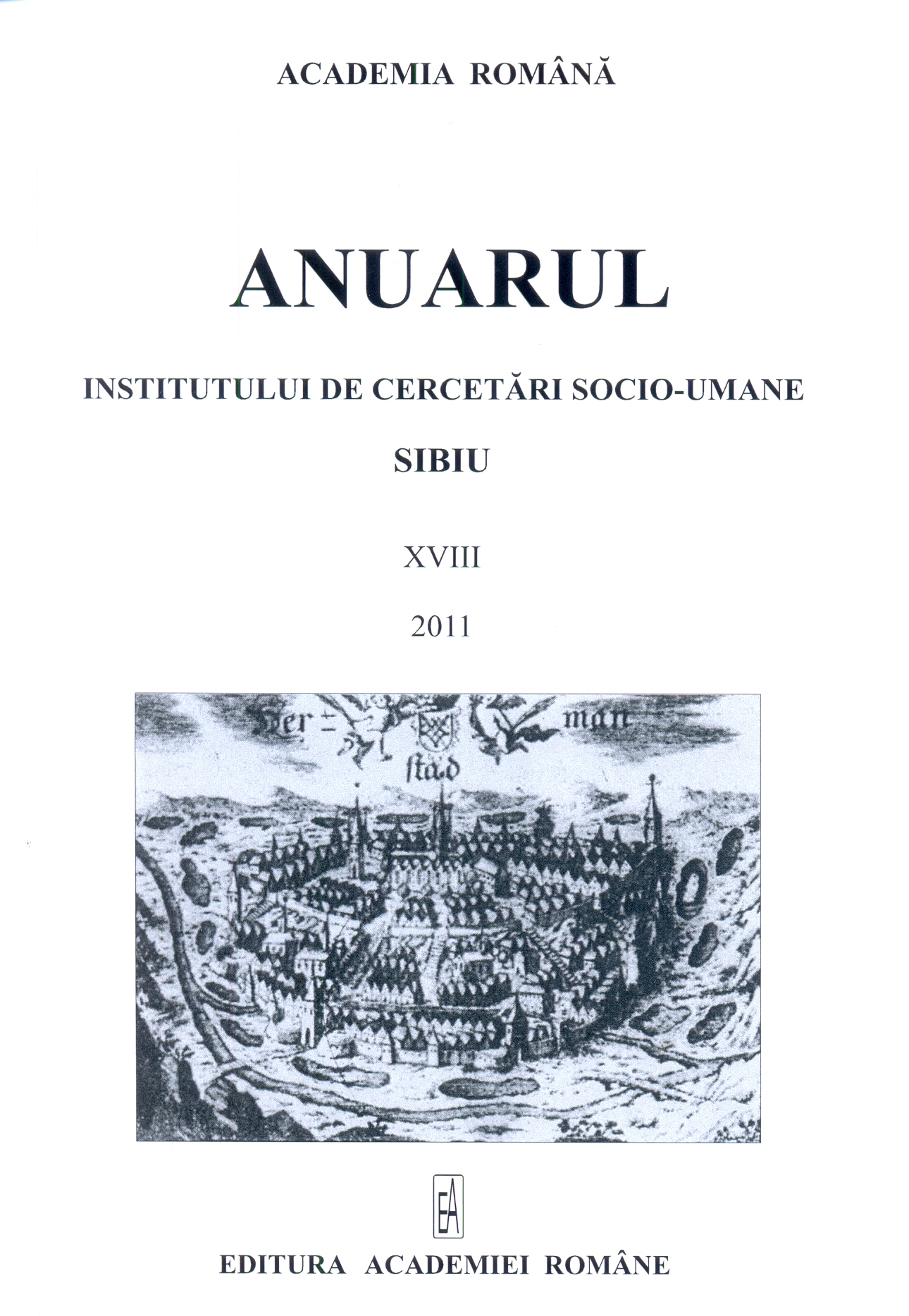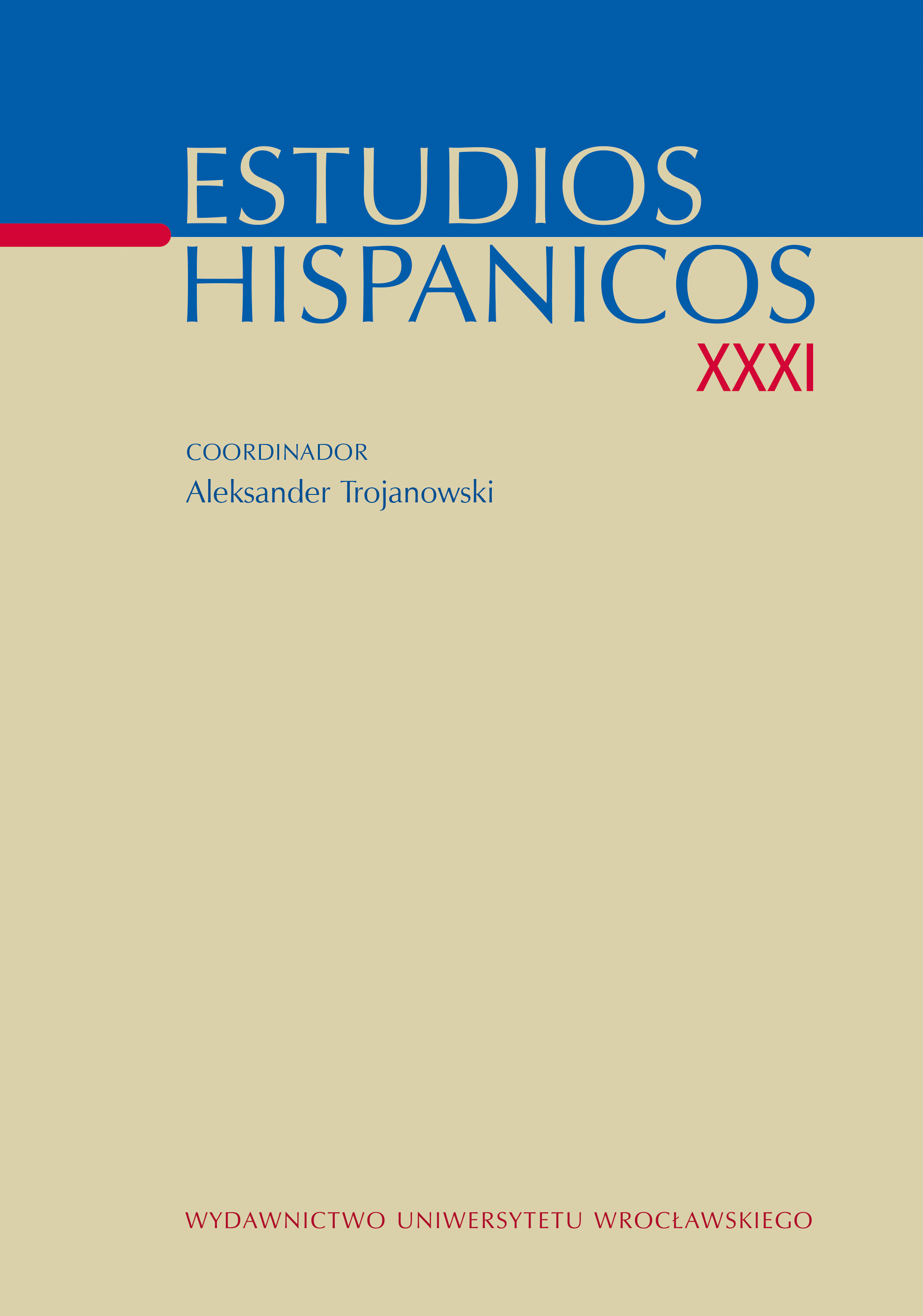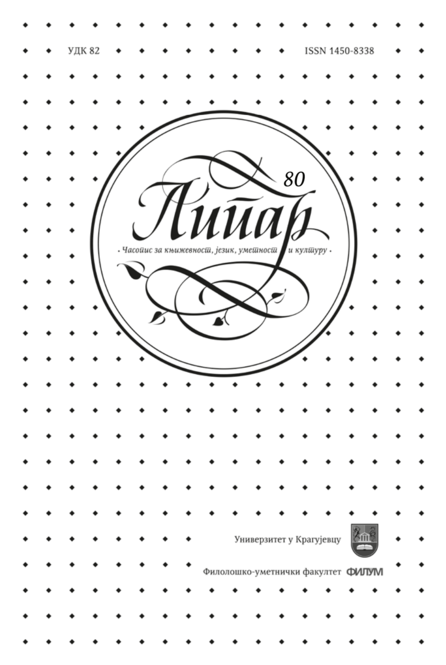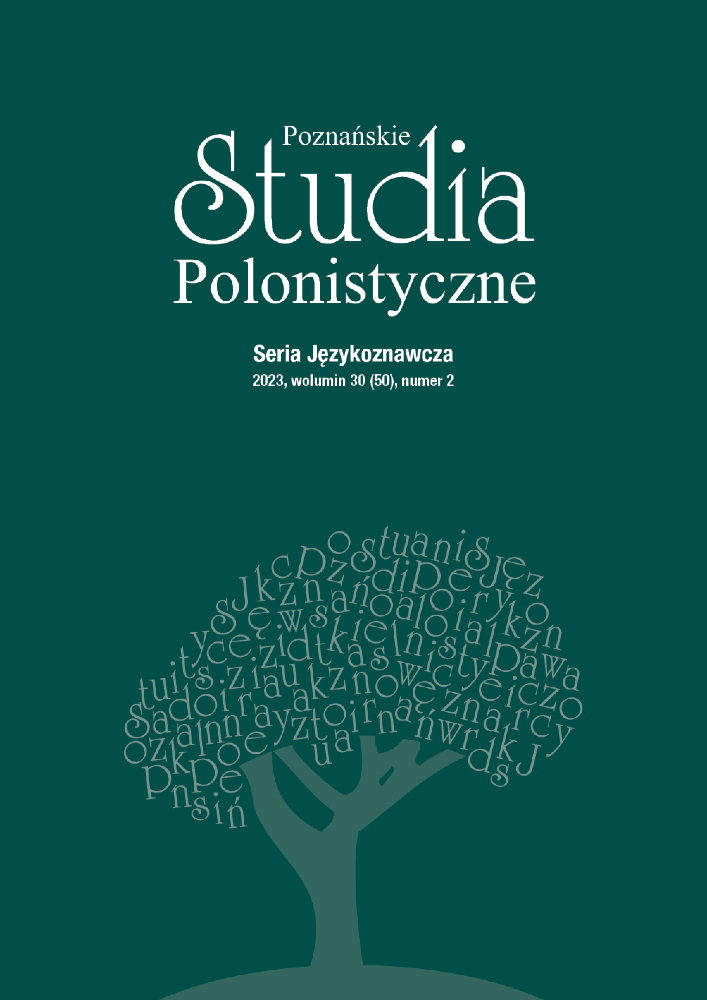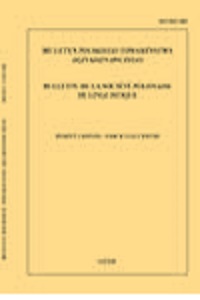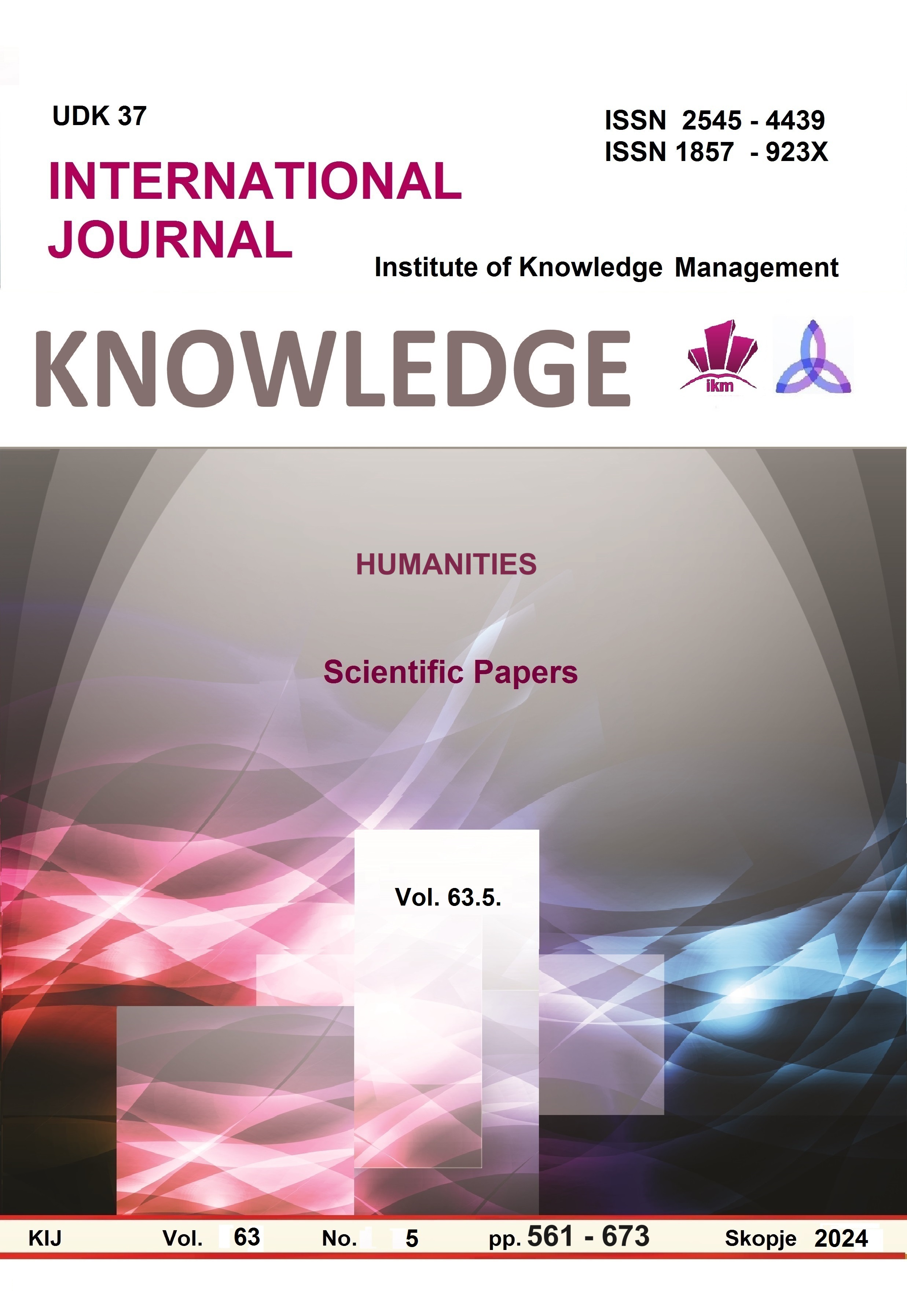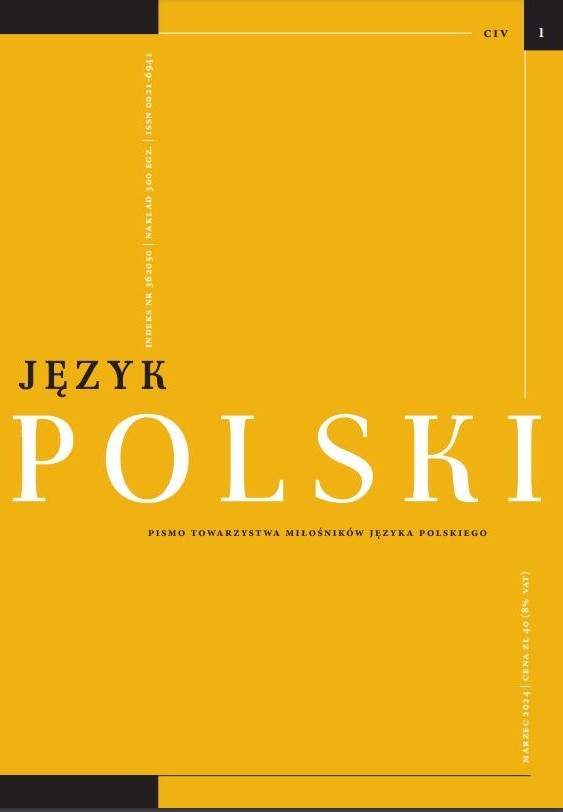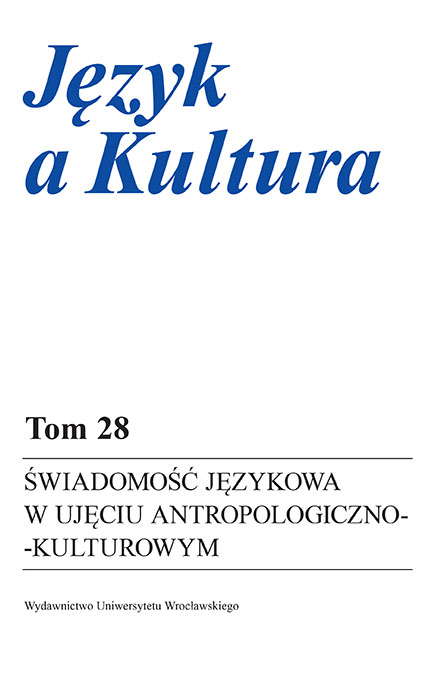Author(s): Marija Paunova / Language(s): Macedonian
Issue: 5/2024
This paper starts with the concept of language personality as a key in linguopersonology and anthropocentric linguistics (Karaulov 1989, Sedov 1996, Beamer 2001, Bogin 2001, Maslova 2001, Karasik 2004, etc.), and through a current linguistic perspective in the third decade of the third millennium, the theory of natural writting, comes to graffiti as a genre of this discipline, i.e. to graffiti as a contemporary, but also, timeless public medium of the, young, people to express their personality and their inner world. The subject of interest of this paper is the identification and interpretation of the most characteristic features of the linguistic expression of an individual, language persona, reflected in the language of graffiti. Expressiveness is examined on examples of over 100 textual, verbal graffiti (love, moral-philosophical, sports, ecological, advertising, ideological, nonsense, aphorisms) written in Skopje, as a part of the written form of naturally, spontaneously produced texts, in which publicly, impressively, and creatively, the authors of graffiti talk about the world that surrounds us, mainly anonymously. Different forms of expressiveness are presented in all linguistic levels. The purpose of the paper was through grammatical-content analysis of graffiti to identify the markers of expressive language in the function of reflecting the key intention of the language persona behind the graffiti as a communication messages. The results of the research confirm the existence of numerous expressive forms such as: exclamatory sentences; then insertion of exclamatory expressions into the statement by the use of vocatives, imperatives; numerous particles, ethical dative, article morphemes with stylistic function; use of lexemes or derivational suffixes with high degree of expressiveness and affectivity. Frequent stylistic expressiveness (figures, rhyme) is also included. Taking into account that graffiti of various types are used as a source where the center of the text/the message is the self, and through which the authors express their emotions and ideas; desires, impulses, longings, but also revolt, rebellion, protest; often irony, ridicule and criticism of the society; it is not surprising that numerous language individual characteristics (idioforms) have been identified in the corpus that express the identity and the individual inner world of the language persona, but, in some of them, also national features are manifested (concept of national language persona).
More...
